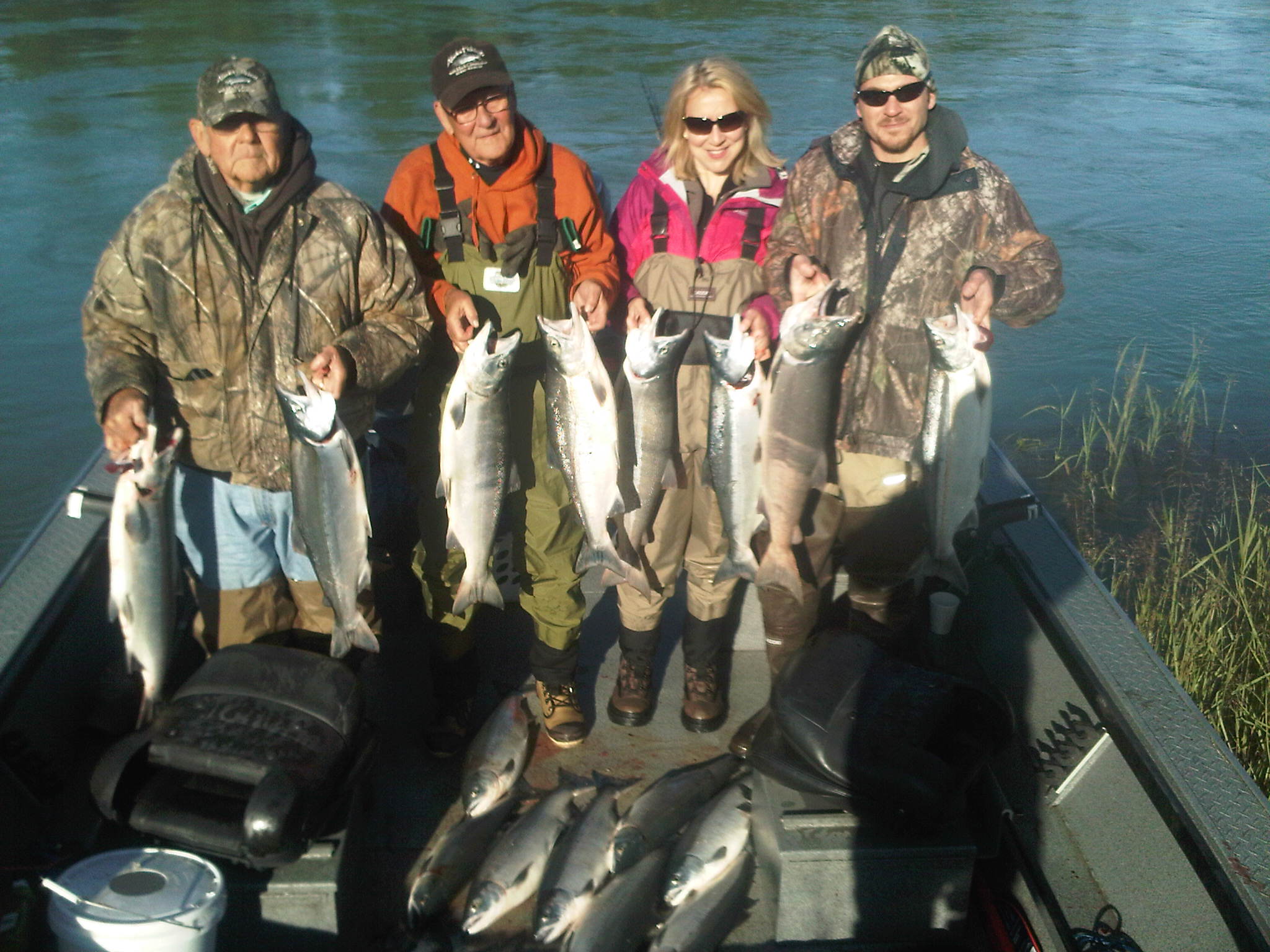
25 Jan How to catch Sockeye Salmon: Part 2
Red Salmon… To Bite or not to Bite?
There has long been a debate about how to catch sockeye salmon. Do they bite, yes, no, maybe, sometimes.?.. It really depends on who you talk to as every Alaskan angler has their own opinion and their own sure fire way to land a limit of reds. Be sure to check out our video clips below and our new article on how to catch sockeye..
The answer to why Sockeye create such an angling dilemma lies in knowing a little about their life in the ocean. Unlike their cousins the king or silver salmon, sockeye are not known to be big on baitfish. Rather, they seem to feed primarily on zooplankton and crustaceans and thus do not develop a chase and kill mentality. Thus, unlike the other salmon, they are not irritated by flashy green, orange, and silver lures. Many experienced red fisherman insist that these fish bite rarely, if at all. There is however a highly successful method for catching reds, but a distinct set of conditions must exist.
The overwhelming factor seems to be sole concentration of the fish. Fortunately sockeye tend to group up into large numbers (sometimes millions) before making their way up the river to spawn. It is common to get 90% of the run in a ten day stretch so timing is certainly critical. Normally on the Kenai this peak occurs during the last ten days of July.
Once you know there’s at least thirty thousand fish passing the counters every day, that’s the time to head for the bank and stake out a spot. A good fishing spot will have a nice consistent gravel bottom, two to five feet deep.
You want a nice strong current and the weight to match it. Once you’ve figured out the right amount of lead (normally 3/4 to 1 1/2 ounces) it’s time to find the fish. The best lure seems to be either a coho fly (a deer hair streamer in a variety of colors) or some sort of yarn combination. Since the sockeye seek the lighter currents near shore, fishing from the bank requires establishing the particular path that the fish are traveling. As you begin to flip your line upstream and bounce the bottom, you will occasionally feel the electrifying jolt as some portion of your rig bumps a passing salmon. Once those bumps become obvious and frequent, you know you’re in the zone and it’s time to work on your presentation. Controlled, repetitious swings with a set amount of line seems to be the best way to present your lure. Since the reds are reluctant to chase your offering, it is very important to put it right in front of their face. Eventually (and quite frequently), the hook will secure itself firmly in the corner of the fish’s mouth and hold on. Reds almost always leave the water when they’re hooked and their next move is to empty half your spool while fleeing down the center of the river. Oh …he’s gone. No worries, remember there are hundreds passing in front of you by the minute. Eventually you will master all facets: the presentation, the fight and the land. Your prize is the finest tasting salmon in the world.
Now whether or not the fish is actually striking the lure or your line is just catching in their jaw and leading the hook to their mouth is where the controversy lies. Keeping your leader straight as it goes through the moving fish is very important. 90% of the fish you hook will be right on the inside corner of the mouth. So do they bite? You’ll need to catch one (or twenty) and see for yourself.
The sockeye fishery at Russian River occurs in what is commonly referred to as “the Russian/Kenai River fly-fishing-only area.” Only artificial flies may be used in this area. The area extends from a marker 600 yards downstream from the Russian River falls downstream to the power line on the Kenai River.
The power line is about 1,100 yards downstream from the ferry crossing on the Kenai River. “Fly-fishing-only” refers only to the use of flies having a gap between point and shank of 3/8″ or less and not to the type of rod that can be used. Much of the fishing occurs on the south bank of the Kenai River at its confluence with the Russian River.


